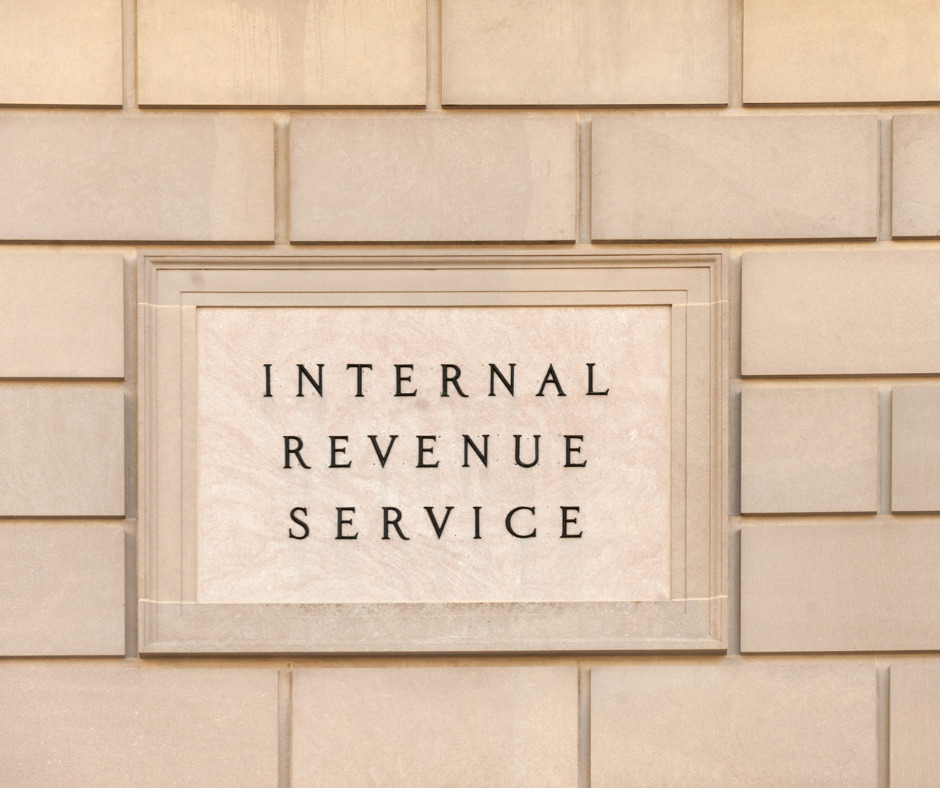In June 2021, the Financial Crimes Enforcement Network (FinCEN) issued its first set of government-wide priorities (the Priorities) for anti-money laundering and countering the financing of terrorism (AML/CFT). As required by the Anti-Money Laundering Act of 2020 (AML Act), the Priorities identify and describe the most significant AML/CFT threats currently facing the United States.
FinCEN will soon issue regulations that instruct banks and other financial institutions on how to incorporate the Priorities into their risk-based AML/CFT programs. In addition, though not required by the AML Act, federal banking agencies plan to revise their Bank Secrecy Act (BSA) regulations to explain how the Priorities will be incorporated into banks’ BSA requirements.
What are the Priorities?
FinCEN developed the Priorities after consulting with various Treasury Department offices, federal and state regulators, law enforcement, and national security agencies. Pursuant to the AML Act, FinCEN will update the Priorities at least once every four years in consultation with the same government agencies. These updates will reflect new and emerging threats.
The Priorities are:
Corruption. According to FinCEN, corrupt actors often exploit vulnerabilities in the U.S. financial system to launder assets and obscure crime proceeds. Past advisories on human rights abuses enabled by corrupt foreign political figures describe typologies and red flags that can help banks identify these actors and activities.
Cybercrime. Treasury is particularly concerned about cyber-enabled financial crime, ransomware attacks and misuse of virtual assets to launder illicit proceeds. Referencing past FinCEN and Treasury advisories regarding ransomware and COVID-19-related cybercrime, the Priorities note that banks are uniquely positioned to observe suspicious activity related to cyber-enabled financial crime and other cybercrime.
Terrorist financing. International and domestic terrorists require financing to support members, fund logistics and conduct operations. So, preventing such financing is essential to U.S. counterterrorism efforts. The Priorities remind banks of existing obligations to file suspicious activity reports (SARs) on potential terrorist financing transactions, follow requirements for reporting violations that require immediate attention and comply with required sanctions programs.
Fraud. The Priorities emphasize that fraud — including bank, consumer, health care, securities and tax scams — is believed to generate the largest share of illicit proceeds in the United States. These proceeds may be laundered through a variety of methods, including transfers through accounts of offshore legal entities, accounts controlled by cyberactors and money mules. Of particular concern are business email compromise and, most recently, COVID-19-related schemes.
Transnational criminal organization activity. These organizations — which may be involved in cybercrime; drug, wildlife, human, and weapons smuggling or trafficking; intellectual property theft; and corruption — are priority threats due to the “crime-terror nexus” of their illicit activities. According to the Priorities, these organizations are increasingly relying on professional money laundering networks.
Drug trafficking organization activity. Drug trafficking organizations tend to rely on Asian professional money laundering networks that facilitate exchanges of Chinese and U.S. currency or serve as money brokers in trade-based money laundering schemes. The Priorities note a substantial increase in complex schemes involving Mexican drug trafficking organizations that launder narcotics sale proceeds through Chinese citizens residing in the United States, including the use of front companies or couriers that deposit these proceeds in the banking system.
Human trafficking and smuggling. Human trafficking and smuggling networks use various mechanisms to move illicit proceeds, including cash smuggling by individual victims and sophisticated operations involving professional money laundering networks and criminal organizations. They may establish shell companies to hide the true nature of their business. They also may receive payments through such methods as funnel accounts and trade-based money laundering schemes.
Weapons proliferation financing. The principal threat here comes from proliferation support networks. These networks include individuals and entities, such as trade brokers and front companies, that exploit the U.S. financial system to move funds used to acquire nuclear, chemical or biological weapons or to further state-sponsored weapons programs. The principal driver of proliferation financing risk in the United States is global correspondent banking, due to its central role in processing U.S. dollar transactions.
What’s next?
Banks aren’t required to take any action with respect to the Priorities until final regulations are issued. When that happens, banks will need to review and incorporate, if appropriate, these Priorities based on their broader risk-based AML/CFT programs. Although it’s not certain when regulations will be finalized, it’s a good idea for banks to begin evaluating the potential risks associated with the products and services they offer, the customers they serve and the geographic areas in which they operate.
To begin evaluating potential risks and plan for final regulations, contact Jack Matthis at jmatthis@atacpa.net.






